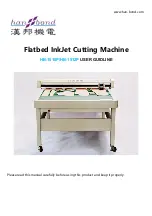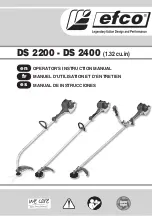
CHAPTER 3
OPERATING INSTRUCTIONS
Section I. INTRODUCTION
Never operate the torch without protective safety gear nor without the leather shield in place. Always
protect yourself from spark and splatter burns.
Prime-Cut torch kits operate at a temperature of approximately 10,000 degrees Fahrenheit, enabling
them to cut or melt almost any known material. Sparks, splatter, and molten material generated by
this process can cause fire, severe property damage, bodily injury, or death
.
3-1. TORCH OPERATION.
The torch operates on the following principle. A regulated oxygen flow
is fed through a consumable cutting rod consisting of a tube and alloy fuel wires. The cutting rod is ignited by
arcing the end of that rod on a battery powered striker plate or by rapidly heating the rod with the near-
instantaneous reactive igniter. The resulting flame is fed by the oxygen and consumes the alloy rod for fuel.
When the tip of the burning rod is held on or in close proximity to the target material and the appropriate
technique is applied, a cut or pierce will result.
Section II. OPERATING PROCEDURES
Never operate the Prime-Cut torch without proper eye protection. Either a helmet with #5 face shield
or #5 safety glasses shall be worn when using the tactical torch kits. Ultraviolet rays can cause
burns, potentially damaging the eyes.
Remove all personal jewelry (i.e., rings, watches, etc.) before operating the torch. Slag and splatter
can become trapped between the worn item and the skin causing severe burns and damage to the
item.
Always wear welding gloves when inserting cutting rods into and/or removing cutting rods from the
torch.
Always insert the correct end of the cutting rod into the torch.
Never use a damaged cutting rod.
Always use Prime-Cut ultrathermic cutting rods with Prime-Cut torch kits. Prime-Cut rods are
specially designed to fit with the collets used in Prime-Cut torches. Never use any other rods as
hazardous backflashes or internal burning may result.
















































